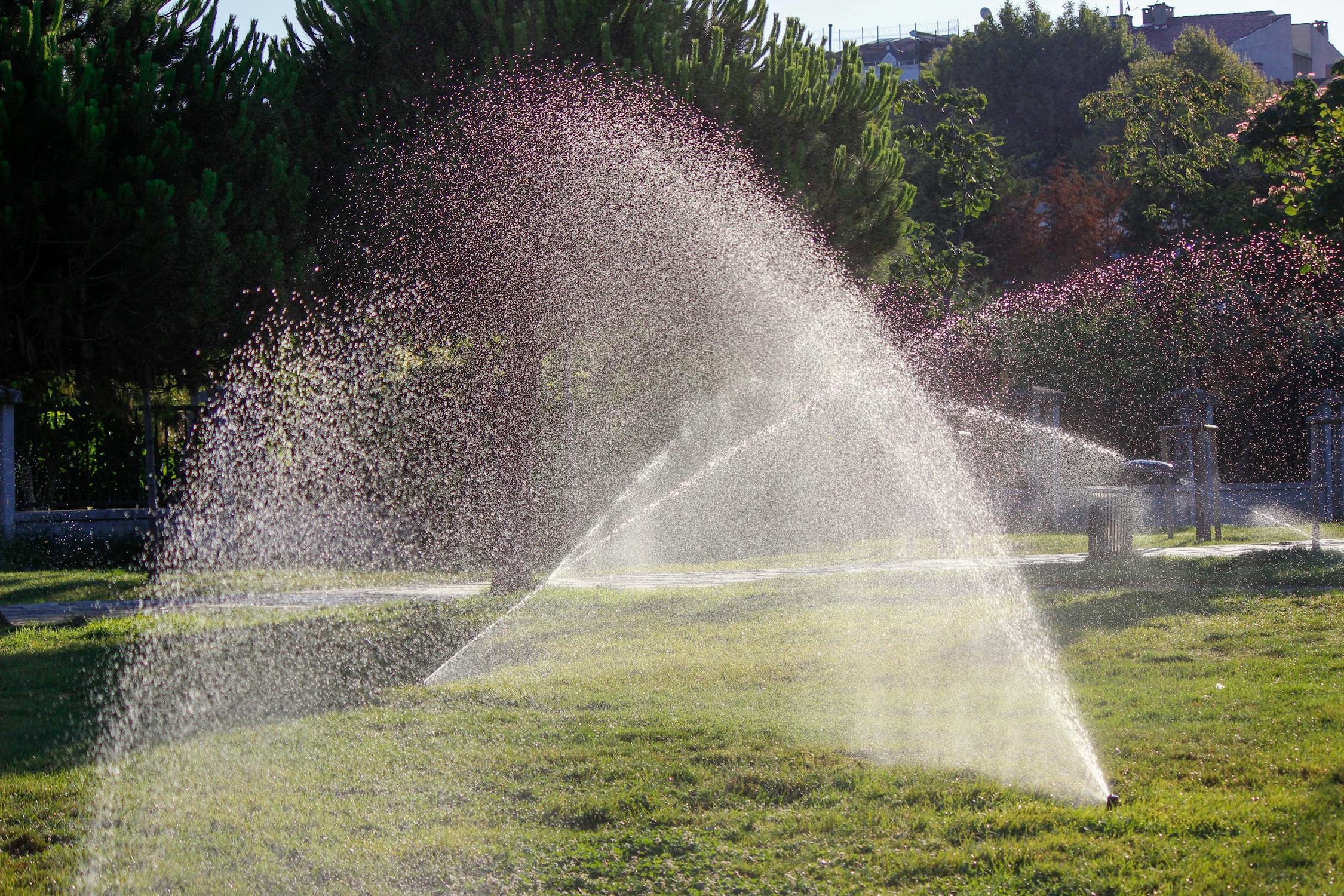Watering your garden is more than just a chore; it’s a science that, when done correctly, can yield lush landscapes, bountiful harvests, and a thriving ecosystem. But with the myriad of watering systems available, ranging from traditional methods to high-tech solutions, how do you choose the best one for your needs? This blog post delves into a comparative review of watering systems, evaluating them on efficiency, cost, and ease of installation for gardens of different sizes.
The Essence of Efficient Watering
Efficient watering goes beyond simply keeping your plants alive; it’s about using the right amount of water, at the right time, to maximize absorption while minimizing waste. This not only ensures the health of your garden but also conserves water—a precious resource in many regions.
Understanding Watering Systems
Before we compare the systems, let’s understand the basics. Watering systems can be broadly classified into drip irrigation, smart sprinklers, soaker hoses, and manual watering. Each system has its mechanisms, suited for different types of gardens and gardeners’ needs.
Drip Irrigation Systems
Overview: Drip irrigation is hailed for its efficiency, delivering water directly to the roots of plants.
Pros and Cons: While it’s highly water-efficient and can be customized for various garden layouts, installation can be complex and initially costly.
Best Practices for Installation: Planning your layout and investing in quality components can ensure a successful drip irrigation system.
Smart Sprinkler Systems
Overview: Leveraging technology, smart sprinklers adjust watering based on weather conditions and soil moisture levels.
Pros and Cons: These systems offer convenience and precision but come with a higher price tag and require some tech-savviness for setup and operation.
Best Practices for Installation: Integrating with a smart home system can enhance efficiency and control.
Soaker Hoses
Overview: Soaker hoses provide a simple, effective way to water gardens, allowing water to seep slowly into the soil.
Pros and Cons: They’re affordable and easy to install but can be less precise than other systems, potentially leading to over or under-watering.
Best Practices for Installation: Laying out soaker hoses under mulch can minimize evaporation and ensure even distribution of water.
Manual Watering
Overview: The traditional method of using a hose or watering can, allowing for a hands-on approach.
Pros and Cons: It offers maximum control but is time-consuming and less consistent in water distribution.
Comparing Efficiency: Manual watering often falls short in efficiency compared to automated or semi-automated systems.
Comparative Analysis
Evaluating the systems on efficiency, cost, and ease of installation reveals that each has its advantages, depending on the garden’s size and the gardener’s preferences. Drip irrigation stands out for efficiency, smart sprinklers for technology integration, soaker hoses for affordability, and manual watering for simplicity.
Choosing the Right System for Your Garden
Considering your garden’s size, layout, and your lifestyle will guide you to the best watering system. Small, manageable gardens may benefit from the simplicity of soaker hoses or manual watering, while larger or more diverse gardens might justify the investment in drip irrigation or smart sprinklers.
Environmental Impact of Watering Systems
Sustainability is another crucial factor. Drip irrigation and smart sprinklers, by minimizing water waste, offer environmentally friendly options for the conscientious gardener.
Watering Wisely: A Comparative Review of Watering Systems
This review highlights the importance of choosing a watering system that aligns with your garden’s needs, your environmental values, and your budget. Whether you opt for the efficiency of drip irrigation, the technology of smart sprinklers, the affordability of soaker hoses, or the simplicity of manual watering, the key is to water wisely.
FAQs
What is the most water-efficient watering system? The most water-efficient watering system is drip irrigation. This system delivers water directly to the base of the plant, minimizing evaporation and runoff. It allows for precise water delivery to each plant’s root zone, ensuring that water is used efficiently and effectively.
How often should I adjust my watering schedule? Your watering schedule should be adjusted based on the season, weather conditions, and the specific needs of your plants. In general, it’s wise to review and potentially adjust your watering schedule at least once a month. During hotter months or dry periods, more frequent watering may be necessary, while cooler or rainy periods may require less. Monitoring soil moisture and plant health can also guide adjustments.
Can smart sprinklers save money in the long run? Yes, smart sprinklers can save money in the long run. By optimizing water usage based on real-time weather data, soil moisture levels, and the specific watering needs of your garden, smart sprinklers can significantly reduce water waste. This not only conserves water but also can lower water bills over time. Additionally, the health and productivity of your garden can improve, potentially saving money on plant replacement and maintenance.
Is drip irrigation suitable for all types of plants? Drip irrigation is versatile and can be adjusted to suit a wide variety of plants, from vegetables and flowers to shrubs and trees. The key is to customize the system to deliver the right amount of water based on each plant type’s specific needs. However, it’s particularly beneficial for plants that thrive with consistent moisture at the root level and can be less ideal for plants requiring drier conditions or those susceptible to root diseases from excessive moisture.
What are the initial costs of installing a drip irrigation system? The initial costs of installing a drip irrigation system can vary widely based on the size of the area to be watered, the complexity of the system, and the quality of the materials used. For a small to medium-sized garden, the cost can range from as little as $50 to $400 or more for DIY kits. For larger gardens or more sophisticated systems with timers, filters, and pressure regulators, the cost can increase significantly. While the upfront investment may be higher compared to other systems, the water efficiency and potential savings on water bills can offset the initial costs over time.
Conclusion
Choosing the right watering system is a balance of efficiency, cost, ease of installation, and environmental impact. By considering these factors and understanding the needs of your garden, you can select a system that not only supports the growth of your plants but also conserves water and saves time. Water wisely, and watch your garden thrive.


Leave a Reply